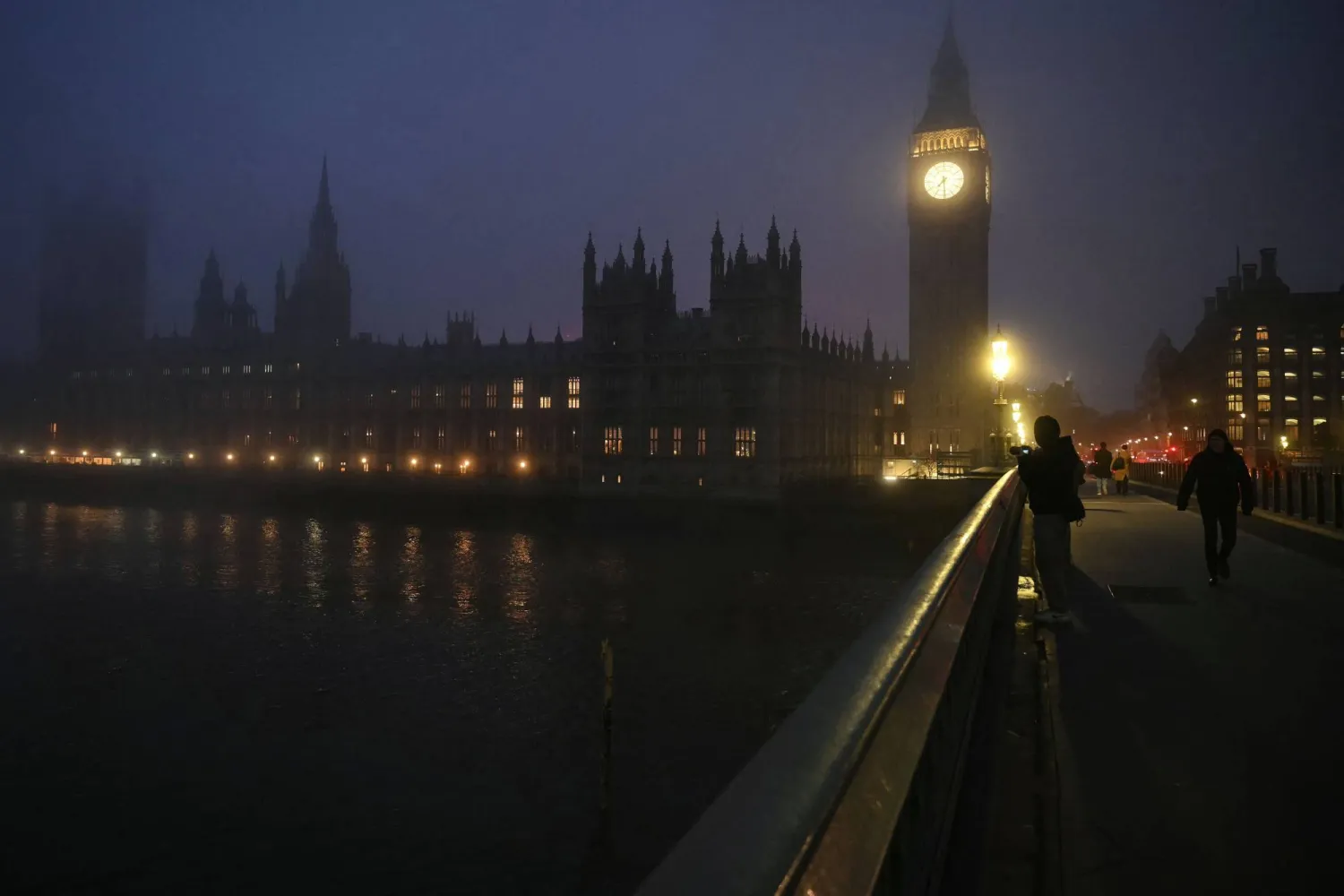OpenAI, Google and Perplexity have begun an unprecedented fight for artificial intelligence users in India, rolling out freebies in a strategy seen as a way to harvest troves of multilingual training data in the world's most populous nation.
India is the second-biggest smartphone market with 730 million devices. On average, Indians consume 21 gigabytes of data each month, paying 9.2 cents per gigabyte, one of the world's lowest mobile data rates. To lure price-conscious users, Google in November started giving its $400 Gemini AI Pro subscription for free for 18 months to 500 million customers of Reliance Jio, India's biggest telecom player.
Last week, it added India to dozens of countries where it is offering its heavily discounted "AI Plus" package. OpenAI has also made its ChatGPT Go plan, which offers extended but not unlimited usage compared with existing plans, free for a year.
The plan incurs charges in more than 100 countries and was $54 in India before being made free to everyone in the country in November, Reuters reported.
Just like Google's AI Pro, the free package is only available in India.
Early download data suggests a jump in usage due to the free plans, with daily active users of ChatGPT in India surging 607% year-on-year to 73 million as of last week - more than double the number in the US, according to data from market intelligence firm Sensor Tower compiled for Reuters.
Gemini's daily users in India rose 15% from when it launched the Reliance Jio offer in November to touch 17 million last week, compared to 3 million in the US, the data showed.
Perplexity, meanwhile, has made its Pro tool - priced at $200 a year globally - free for a year for users of Indian telecom company Airtel. It says the plan gives unlimited access to its most advanced research tools.
India now accounts for more than a third of Perplexity's global daily active users, up from just 7% last year, Sensor Tower data showed. OpenAI, Perplexity and Google did not respond to Reuters requests for comment.
TRAINING FILLS DATA GAPS
OpenAI's India executive, Pragya Misra, has said on social media the company's decision to make ChatGPT Go free was part of its "continued India-first commitment" and to make tools more accessible to everyone.
Five AI analysts, however, said the freebies strategy would help companies gain from India's linguistic diversity to secure crucial data for AI training.
They view the training data generated by Indian users, characterized by a mix of languages and dialects, as a critical stress test that will help AI models master complex communication patterns that are largely absent from the existing data. Free plans "fill gaps in AI training data sets that currently lack information on user behavior patterns in the region," said Sagar Vishnoi, co-founder at AI think tank Future Shift Labs.
FREEBIES WORK IN INDIA, OFTEN
Indian billionaire Mukesh Ambani's Reliance, which has partnered with Gemini, has repeatedly used aggressive pricing to boost its customer base. Its telecom unit now has more than 500 million users, after luring customers at its 2016 launch with months of free data and voice services.
Reliance and Disney offered cricket streaming for free on their India platforms, before merging their India media operations.
ChatGPT is seeing high app usage -- with 46% of its monthly users opening the app daily in India in November, compared to 20% for Perplexity and 14% for Gemini, Sensor Tower's data showed.
Anees Hassan, a PhD student in Hyderabad, is using the free ChatGPT and Gemini plans for three hours a day to find citations, refine his writing and generate images for presentations.
"The free plan was not good enough as I used to hit chat limit caps faster," said Hassan, 33.
Still, he is also aware that freebies sometimes come with costs.
"I am concerned about data harvesting, so I have used the opt-out feature to stop sharing my data for AI training," he added.









